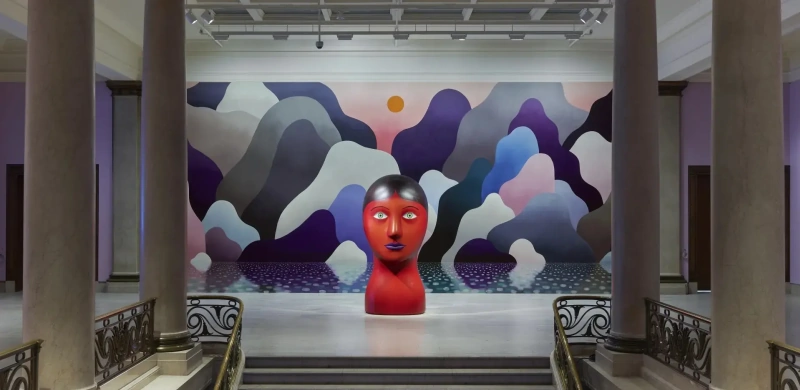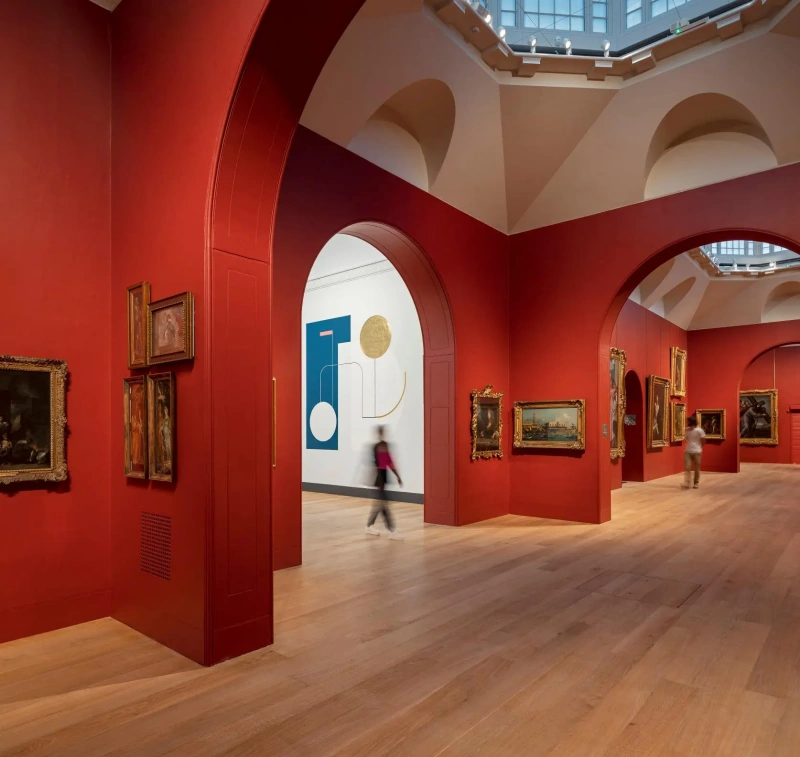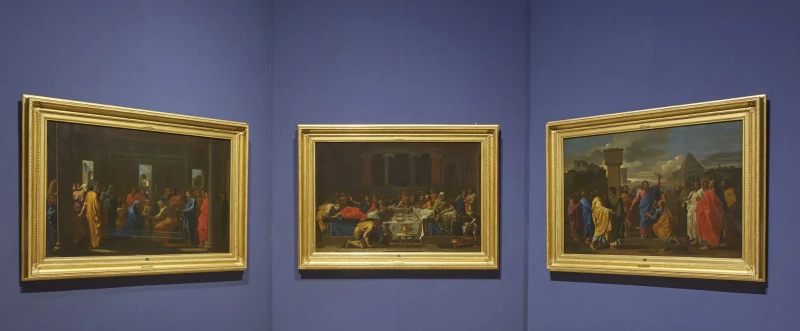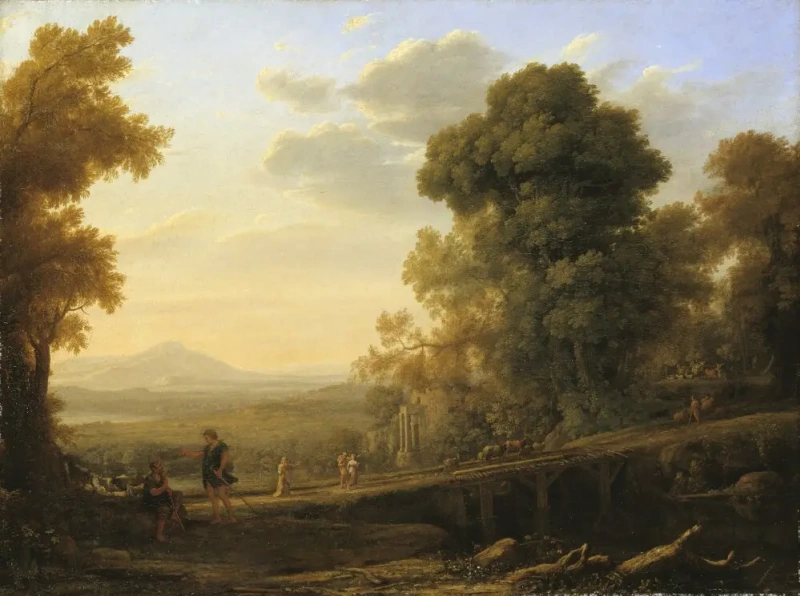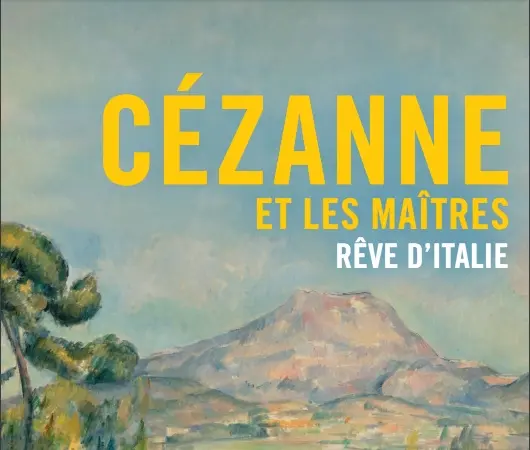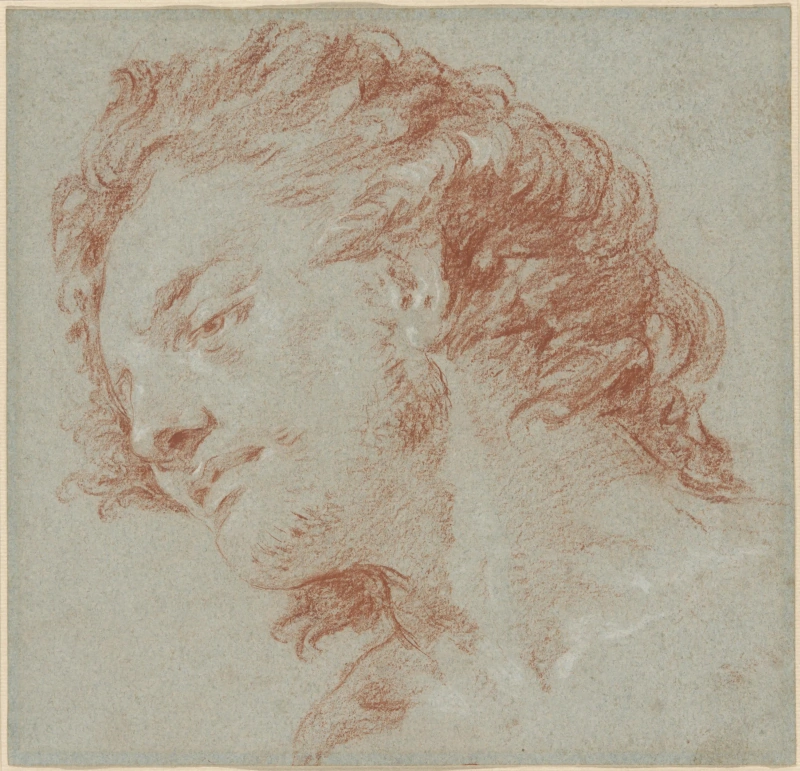log in
Enter site
Login to use Arthive functionality to the maximum
publish
log in
publish
画家
博物馆和画廊
Products and prices

没有添加生平
-
喜欢了作品86 users
- Artworks in 9 collections and 133 selections












关于Arthive
Arthive功能
We’re on social media and chats



